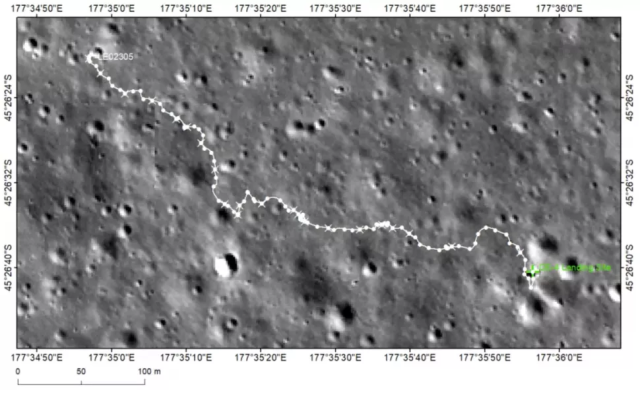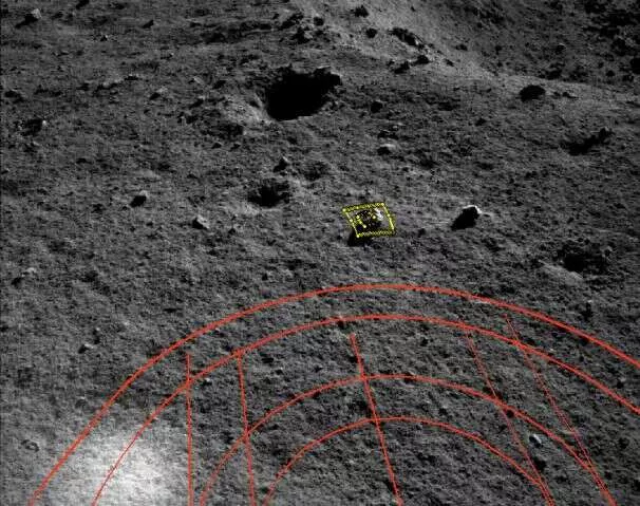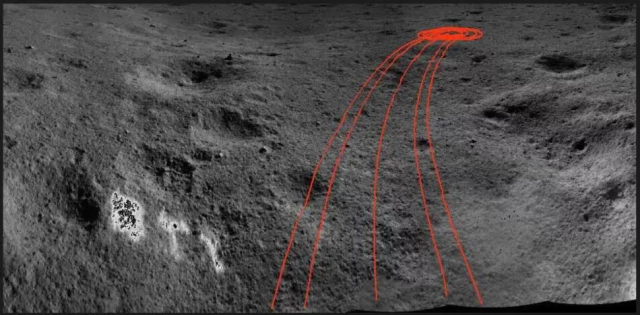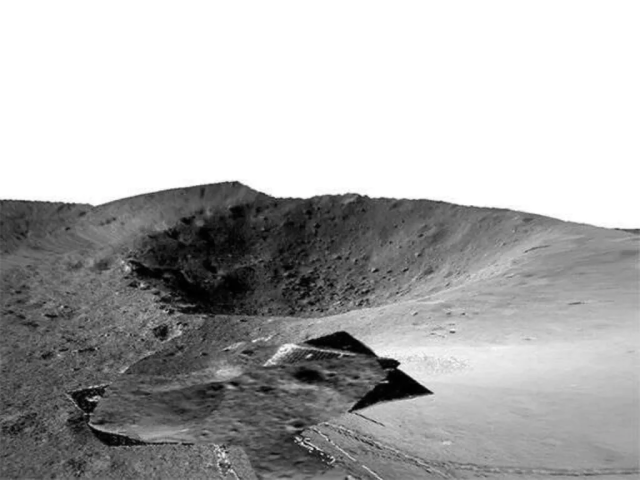The team of the Chinese mission "Chang'e-4" published new photos of the surface of the back side of the moon, obtained by the lunar Rover "Yutu-2", including a circular panorama and a three-dimensional image of the surrounding area. To date, the lunar Rover has traveled several hundred meters on the surface of The earth's satellite and worked for almost two years, although initially its service life was estimated at three months, according to the website Space.com.
"Chang'e-4» it became the first lander in history to make a soft landing on the far side of the moon in January 2019. The platform is delivered in a huge ancient crater Background Pocket the Rover "WiTu-2", communication with the Ground support devices via satellite relay to"Zhuazao» . Their tasks include studying both the lunar surface and regolith, as well as the subsurface layer.in addition, a biological experiment was successfully conducted on Board the platform, during which a plant first sprouted on the moon, as well as the first low-frequency radio astronomy observations of the environment near the landing zone.
On November 10, 2020, Yutu-2 and Chang'e-4 returned to the scientific program after surviving another lunar night. Currently, they have been operating for 688 earth days, which is a record among automatic lunar vehicles. The lunar Rover during the lunar day 24 will move to the North-West, exploring the basaltic rocks and impact craters. The Yutu-2 team published a number of new images taken by Yutu-2, including a 360-degree panorama, as well as a three-dimensional image of the surrounding area, which was built on the basis of the obtained images. It is expected that such three-dimensional maps will help better plan the future route of the lunar Rover.

Image source: CNSA / CLEP
During operation, the platform and the lunar Rover transmitted many images of the moon's surface to Earth. Yutu-2 found a Pocket of lunar mantle particles at the bottom of the crater and determined the structure of the subsurface layer at the landing site, in particular, it turned out that the upper layer is a substance ejected from the nearby Finsen impact crater. In addition, Chang'e-4 was able to measure radiation levels near the moon's surface.

Panoramic image of the impact crater taken by the lunar Rover.
Image source: CLEP

Route of movement "Yutu-2".
Image source: CLEP

Yellow marks a boulder that is interesting for research, red lines mark the planned route of the lunar Rover.
Image source: CLEP

Image source: CLEP
Read about how China is going to explore the Solar system in our article "Red space» .
Alexander Voityuk

